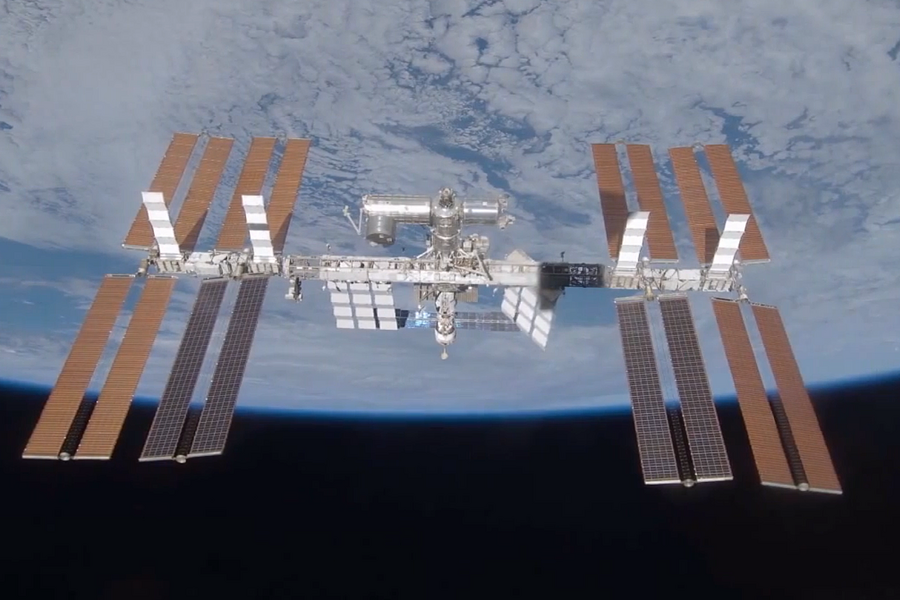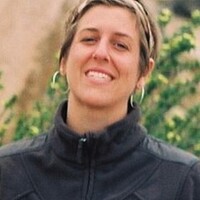Soon to orbit Earth: the coldest air in the universe
Loading...
In a fridge-sized box destined for the International Space Station (ISS), NASA researchers are planning to build the coldest known place in the universe. Using lasers to chill atoms hovering inside a magnetic force field, the Cold Atom Lab (CAL) will allow seven physicists to answer basic questions about our physical world, including the mysterious realm of quantum mechanics.
As the ISS orbits the Earth it remains in perpetual free fall, making the objects and astronauts inside it nearly weightless. And weightlessness allows particles to be cradled inside a force field so gentle that they can spread out and reach very, very low temperatures – like a chilly can of emptied aerosol. CAL researchers intend to bring temperatures inside the box as low as 100 pico-Kelvin, or 0.0000000001 degrees above absolute zero, where atoms theoretically lose all of their thermal energy.
What is to be gained by making matter so cold?
For one thing, atoms approaching absolute zero begin to behave like waves, obeying the counterintuitive rules of quantum physics. Of particular interest to these scientists is Bose-Einstein condensate (BEC), a state of matter in which thousands or millions of atoms, cooled way down, coalesce into a single, wave-like entity.
Those kinds of transformations can feel a bit science fictional to the lay enthusiast. But if the temperature drops low enough, CAL Project Scientist Rob Thompson told NASA Science, “we’ll be able to assemble atomic wave packets as wide as a human hair – that is, big enough for the human eye to see.”
Some of the studies run in CAL will also have practical applications, for use in astronomy and the Earth sciences. "Atom interferometry is one of the applications of cold atoms that we can actually use as a sensor," says Jason Williams, an atomic physicist at NASA's Jet Propulsion Laboratory. He is one of three researchers who will use CAL to study this precision technique for measuring forces.
Cold atoms are useful for precision atom interferometry because of their wave-like behavior. An interferometer creates a moving beam of these waves, which it splits apart via laser and then kicks back together, forming a diamond shape. Because the two streams are moving at different angles, any interfering forces – like gravity – will affect them differently. When that happens, the waves will be out of phase with each other when they join back together, and an interferometer can analyze the force based on the disconnect it has created.
A good interferometer, says Dr. Williams, could map out "the shape of the gravity that we feel" on a planet whose natural features – underground caverns, melting ice caps – create small but measurable effects on its gravitational pull. Such an instrument, he says, could also measure the acceleration of moving objects.
An interferometer could also test long-held hypotheses, like whether all matter falls at the same rate in a vacuum. In fact, much of the work undertaken on CAL will probe questions like these, without any special regard for their applications in industry or experimental science. "It is fundamental physics," says Nathan Lundblad, a Bates College atomic physicist who will be studying the geometric properties of BEC waves, "to learn more about the world, and to learn how the world of quantum mechanics works."






